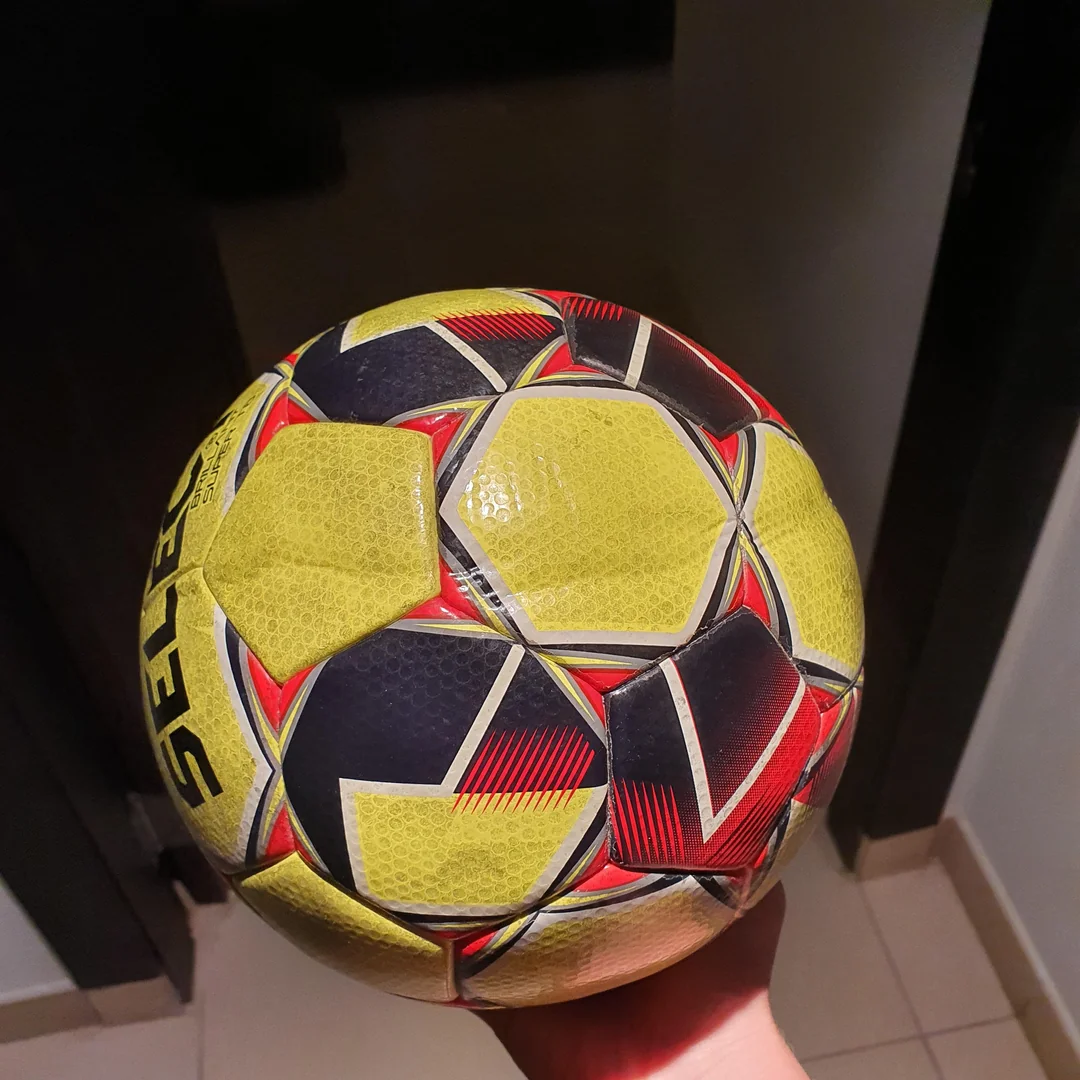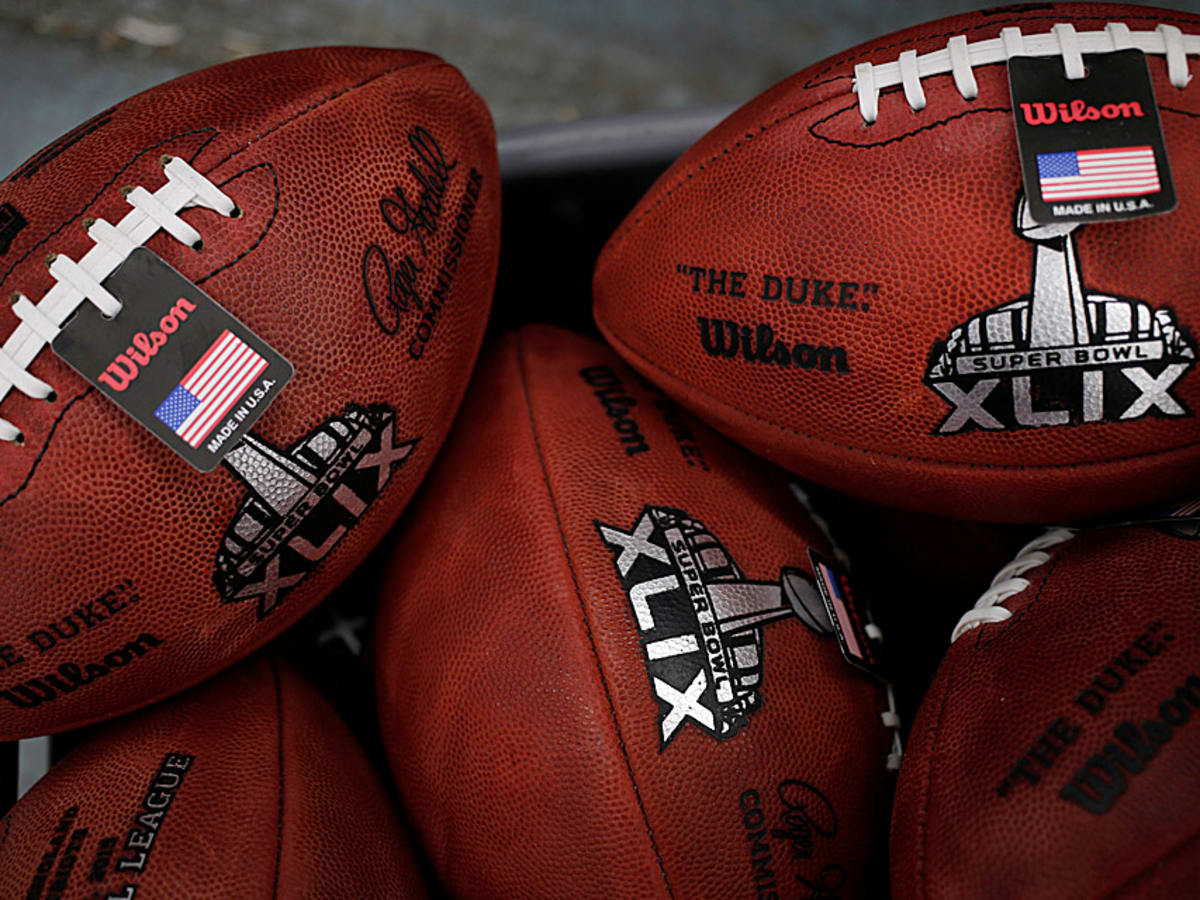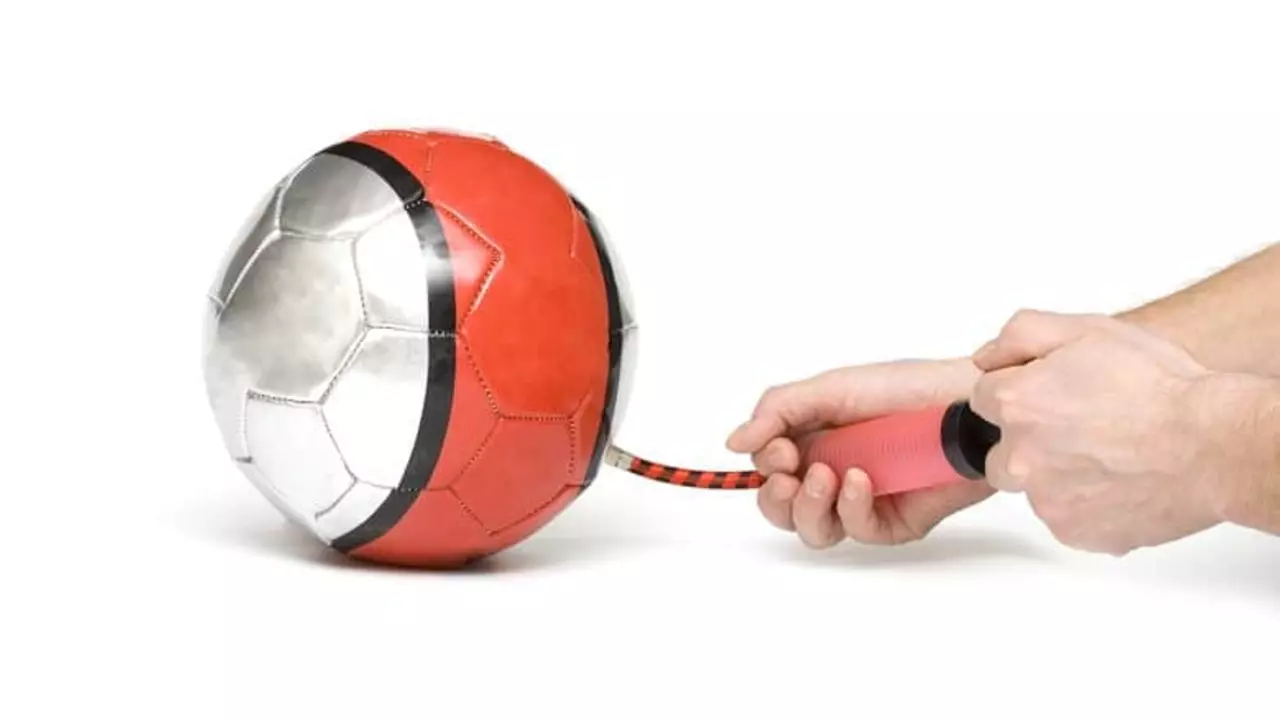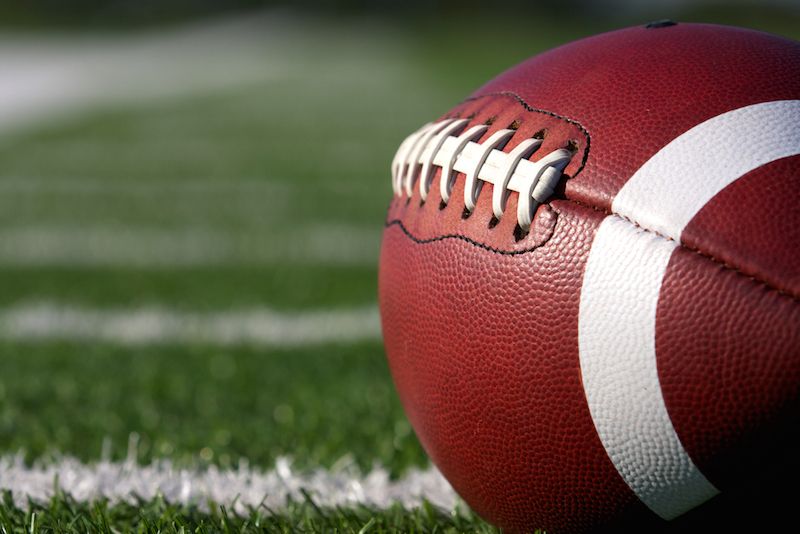I. Introduction

Properly deflating a football is crucial for various reasons, including performance, fairness, and safety. In this blog post, we will explore the importance of deflating a football accurately and the implications of using an improperly inflated football.
II. Understanding the Optimal Pressure
A. The ideal PSI range for different types of footballs
Different types of footballs require different levels of pressure to perform optimally. Understanding the ideal PSI (pounds per square inch) range for each type of football is essential. Here are the PSI ranges for various footballs:
- PSI range for NFL and college footballs: The National Football League (NFL) and college footballs have a recommended PSI range of 12.5 to 13.5 pounds per square inch.
- PSI range for youth and recreational footballs: Youth and recreational footballs typically have a recommended PSI range of 8 to 10 pounds per square inch. This lower range is suitable for younger players who may not have the strength to handle higher PSI levels.
B. Factors affecting optimal pressure
Several factors can affect the optimal pressure for a football. It’s important to consider these factors when determining the PSI range for a specific game or practice. Some of these factors include:
- Temperature and atmospheric conditions: Temperature and atmospheric conditions can cause changes in air pressure. For example, cold weather can cause the air inside a football to contract, resulting in lower pressure, while hot weather can cause the air to expand, resulting in higher pressure. It’s important to take these factors into account when deflating a football.
- Playing surface and weather conditions: The playing surface and weather conditions can also impact the optimal pressure for a football. For instance, playing on a turf field may require slightly higher pressure due to the harder surface, while playing on grass may require slightly lower pressure. Additionally, wet or rainy conditions can affect the grip of the ball, and adjusting the pressure accordingly may improve performance.
III. Equipment Needed for Deflation
A. Pressure gauge:
A pressure gauge is used to measure the air pressure within the football. It provides a numerical reading that allows you to determine the current pressure level accurately. Make sure the pressure gauge is of good quality and properly calibrated for accurate readings.
B. Needle attachment for air pump:
The needle attachment is used to connect the air pump to the football’s inflation valve. This allows you to both inflate and deflate the football using the same equipment. Ensure that the needle attachment is clean and in good condition to prevent air leaks during the deflation process.
C. Ball pump or deflation needle:
Depending on the type of equipment you have, you may need either a ball pump or a specific deflation needle. A ball pump is used to inflate the football, while a deflation needle is designed specifically for releasing air from the football. Make sure you have the correct equipment for deflating the football effectively.
By understanding the optimal pressure range for different types of footballs and having the necessary equipment for deflation, you can ensure a fair and safe playing environment.
IV. Step-by-Step Process of Deflation

A. Preparation
Preparing to deflate a football properly is essential to ensure accurate results. Follow these steps to prepare for the deflation process:
- Ensure cleanliness of the football: Before starting the deflation process, clean the surface of the football with a damp cloth. This will remove any dust, dirt, or debris that could interfere with the accuracy of the pressure measurement.
- Have all the necessary equipment ready: Gather the equipment needed for deflating the football, including a pressure gauge and deflation needle. Make sure these tools are clean and in good working condition.
B. Measuring the Initial Pressure
Measuring the initial pressure of the football is crucial for comparing it to the desired pressure. Here’s how to measure the initial pressure accurately:
- Insert the pressure gauge into the inflation valve: Locate the inflation valve on the football and insert the pressure gauge firmly into the valve. Ensure it is secure and airtight to prevent any pressure leakage.
- Record the initial pressure reading: Once the pressure gauge is properly inserted, read and record the initial pressure. This is the starting point from which you will determine the amount of deflation required.
C. Deflating the Football

Deflating the football should be done carefully to retain precision and avoid damaging the ball. Here’s how to deflate the ball properly:
- Insert the deflation needle into the inflation valve: Remove the pressure gauge and replace it with the deflation needle. Insert the needle into the inflation valve firmly but gently to ensure it is properly seated.
- Gently press the needle to release air: Slowly press down on the needle, allowing air to escape from the football. It is important to apply gentle pressure and monitor the deflation progress closely to prevent over-deflation.
D. Regularly check the Pressure
Monitoring the pressure throughout the deflation process is crucial to achieving the desired pressure accurately. Here’s how to do it:
- Re-measure the pressure after deflating the ball: Once you have deflated the ball to the desired pressure, remove the deflation needle and re-insert the pressure gauge into the inflation valve. Check the pressure reading to ensure it matches your target pressure.
- Adjust the pressure if necessary: If the pressure is not at the desired level, repeat the deflation process, adjusting the pressure incrementally until it reaches the desired value.
V. Best Practices and Safety Precautions

Following best practices and taking safety precautions when deflating a football will ensure accuracy and prevent damage to the equipment. Here are some important tips to keep in mind:
A. Avoid over-deflation: It is crucial to deflate the football slowly and carefully to avoid over-deflation. Monitoring the pressure closely and making small adjustments as needed will help achieve the desired pressure without going too far.
B. Preventing damage to the inflation valve: When inserting and removing the pressure gauge or deflation needle, handle them with care to avoid damaging the inflation valve. Applying excessive force or positioning them at an improper angle can cause valve damage.
C. Sanitizing the equipment after each use: To maintain hygiene and prevent contamination, it is essential to sanitize the pressure gauge and deflation needle after each use. Wipe them down with a disinfectant wipe or a solution of warm water and mild soap. This will help prevent the spread of bacteria and ensure the equipment remains in good condition.
By following these step-by-step instructions and adhering to the best practices and safety precautions, you can effectively deflate a football to the desired pressure while maintaining equipment hygiene and integrity.



